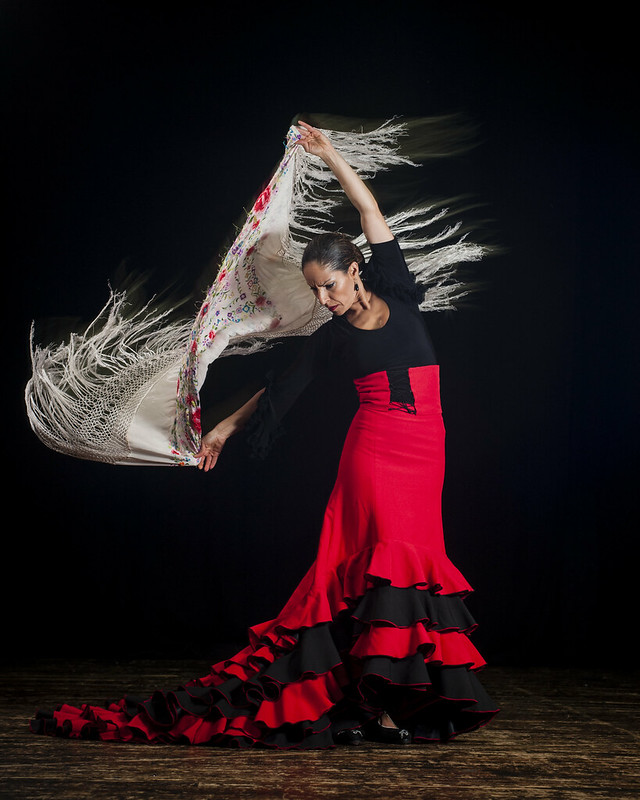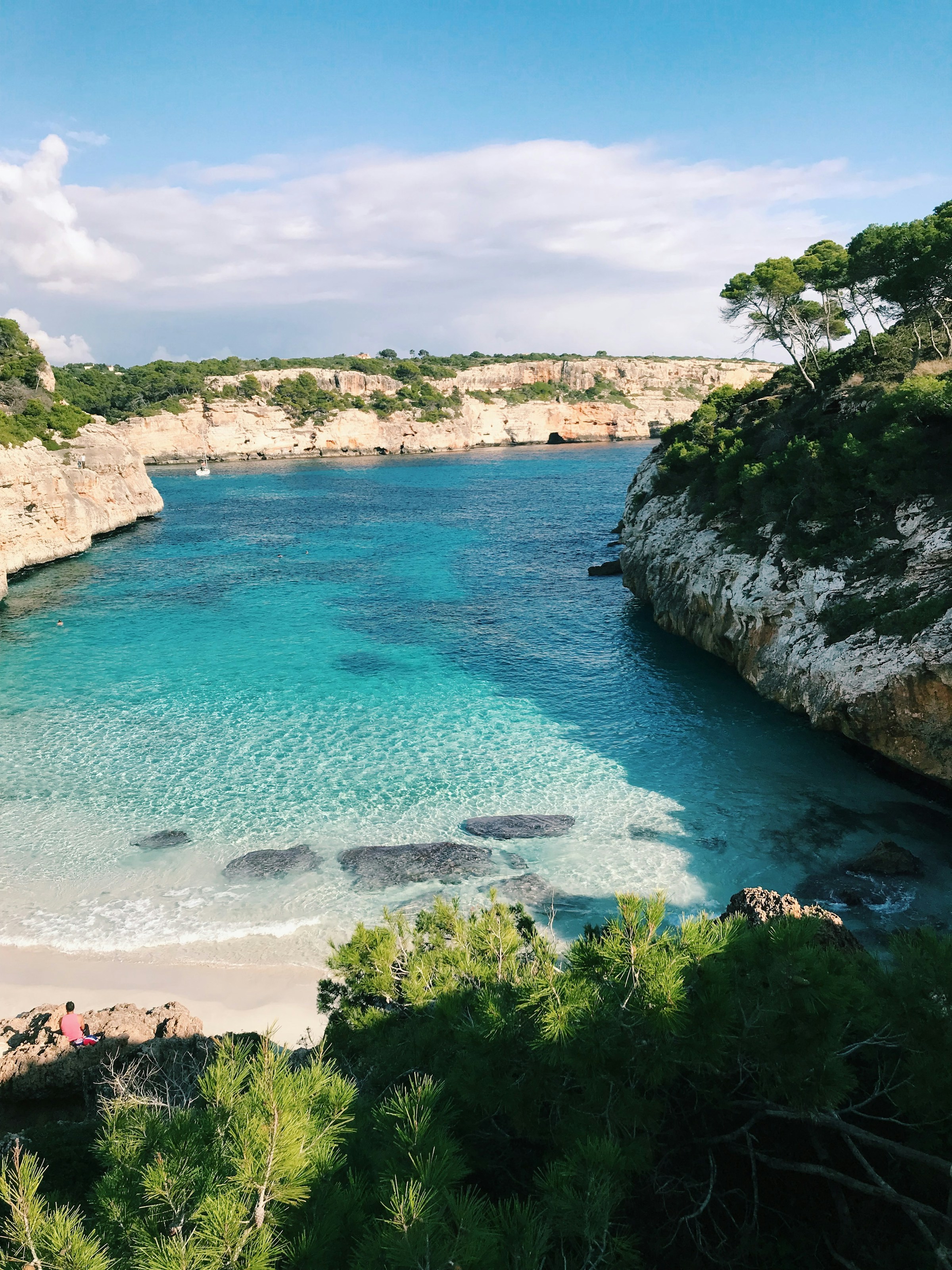The Best of Travel: Spain
Explore Spain's rich architecture, hidden art, unique film locations, exquisite wine regions, culinary delights, and serene beaches. Get curated insider insights into the culture that spans Moorish, Baroque, Renaissance, and contemporary times.
Spain is too often – even today – reduced to the lazy tourist-centric stereotype of paella, flamenco, and bullfighting.
While the value of such cultural-historic phenomena is not in doubt – indeed, two are mentioned here – when you arrive in any Spanish town or city, or explore dramatic landscapes, be sure to venture beyond the beaten path to seek out local traditions and stories.
You’ll find a fierce sense of pride, from the artisan produce in shops and restaurants – be it cured Iberian ham, delicious apple cider, or beautiful ceramics – to the outstanding art and architecture from Moorish, Baroque, Renaissance, and contemporary eras. Here we give you an insider's take on lesser-known art collections, film shoot locations, wine regions, foodie towns, beaches, and more
1. Landmark Cultural Centres
Forget Gehry’s shiny Guggenheim Bilbao and look to off-the-beaten-path cities, where you’ll find less well-known but equally notable collections, all in stunning settings. The Centro Botín in the northern port city of Santander, was designed by Renzo Piano, and houses exhibits by international artists. The striking building sits over the sea and is covered with light-reflecting ceramic disks.
Head west along the unspoiled Cantabrian coast to Avilés, an unlikely setting for the waterfront Centro Niemeyer, the eponymous Brazilian architect’s only Spanish design.The New York Times designated the curvy, colorful, space-age cultural complex, which puts on art shows, concerts and dance performances, as a place to visit in 2020.
Archivo Fotografico Centro Niemeyer
Further south, in the historic Extremadura city of Caceres, the Museo de Arte Contemporáneo Helga de Alvear is a minimalist white structure housing the German art collector’s 3,000+ works by the likes of Ai Weiwei and the Californian Light and Space Group. Down on the Costa de Sol, museum capital Málaga has the colored-glass cube Pompidou Malaga, where the roster embraces Basquiat, Koons, Haring, and Warhol.
2. Go Green in Valencia

Spain was named the most sustainable travel destination for 2024 by Lonely Planet, thanks to its ubiquitous bike lanes, emission-free buses, and excellent train network.
Known worldwide for its oranges, paella and City of Sciences, Valencia is European Green Capital this year: cycle the 200km of bike lanes, such as the 9km route that follows the old Turia river bed, now a park full of palm and orange trees, to the City of Arts and Sciences, or head to the new Central Park.
In the Àlbufera Natural Park, composed of a large freshwater lagoon, wetlands, beaches, dunes. a pine forest, and rice fields, you can spot 300 species of birds, including red-crested pòchard, glossy ibis, squacco heron, and crested coot. Sustainably-caught fish you can buy in the market at El Palmar, home of paella, include striped mullet, eel and blue crab.
Don’t miss Valencia’s charming fishermen’s quarter of Cabanyal.
3. Grape Expectations
For wine-lovers visiting Spain, it’s about much more than just visiting the winery tasting the vintages these days. You can do yoga in the vines, listen to a concert in a bodega, and even disgorge and label your own bottle. With 68 D.O.s (designations of origin), you don’t have to stick with Rioja – although the Marqués de Riscal winery is undeniably spectacular.
Down in south-western Andalucia, the Marco de Jerez region offers a Sherry and Brandy route taking in wineries where you can learn about the solera y criadera process of aging and blending wines to produce sherry – and see art or flamenco.
Cava Regulatory Council
If you like bubbles, then Joan Segura winery in Torrelavit, Catalonia offers the chance to disgorge a bottle of their Cava (Spanish sparkling wine), while at Alta Alella in the Serralada de la Marina Natural Park, you can connect with mind and body overlooking vineyards and the Mediterranean, followed by a glass of Cava.
4. Flamenco Roots

Spain is, in so many ways, a rich amalgamation of cultures going back centuries – Moorish (North African Muslim), Jewish, gypsy – and nowhere is this more evident than in its music and dance form, flamenco.
While flamenco’s origins stretch back to gypsies in 14th-century India, and the music also features strains of Sephardic and Arabic, exactly where and when flamenco was born in Spain is always up for debate – Andalucia, undoubtedly, but was it Seville or Jerez?
In either Andalucian city, you can learn to dance (from beginner to advanced), play the guitar, and even tap the caja, a wooden box that serves as percussion – the rhythms of flamenco are as entrancing as they are complicated.
Seville’s Flamenco Bienal draws the best artists (dancers, singers and guitarists) from around the world to venues all over the city, in September on even-numbered years, while Jerez’s annual festival in February/March sees 50 performances; names to watch include Sara Baras and Manuel Carrasco.
Otherwise , for shows we recommend Tablao Flamenco Las Setas and Casa de la Memoria in Seville, and Tabanco El Pasaje in Jerez.
5. Chillida’s Centenary
This year marks the birth centenary of Basque sculptor Eduardo Chillida. One of his most famous works is the Comb of the Wind, three huge steel sculptures embedded in seafront rocks in San Sebastian, which make sounds when the wind blows through them, while other Chillida pieces are in MOMA and the Met in New York.
Jordi Vich Navarro
Head to the nearby Chillida Leku museum in Hernani, housing the largest collection of his works, with sculptures integrated into the garden’s natural landscape, as the artist wanted:
“Once I dreamt of a utopia, of a place where my sculptures could rest, so that people could walk among them as though in a forest.”
Inside the museum building, a traditional Basque farmhouse owned by Chillida and named Zabalaga, you can see exhibits by other artists. Another commemorative exhibition, Playing Form, at the Cristóbal Balenciaga Museum in Getaria (22 April 2024 to 9 January 2025), shows 42 pieces by the two Basque artists – Chillida the sculptor and Balenciaga the fashion designer, currently seen in the Apple TV drama series The New Look.
6. Location Spotting
With its huge variety of landscapes, from medieval cities to snow-capped peaks and wide, sweeping beaches, Spain has always been a favorite for movie and TV location scouts.
Recent series shot here include The Crown (Seville, Zahara de los Atunes, Puerto Banus and Majorca) and Game of Thrones. For the epic fantasy saga, Seville stood in for Dorne, Peñíscola for Meereen, San Juan de Gaztelugatxe for Dragonstone, Tabernas Desert in Almeria for Vaes Dothrak, and Girona for King’s Landing and Braavos.
Nuri Lopez
Further back, Sean Connery was pursued by plane along Monsul beach in Indiana Jones and the Last Crusade, while Anakin (Haydn Christensen) and Padmé (Natalie Portman) strolled pensively through Theed Palace in planet Naboo – Seville’s Plaza de España - for Star Wars II Attack of the Clones. Returning to the present, one of this year’s Oscar nominations for Best Foreign Film, Society of the Snow, was shot in the Sierra Nevada mountains of Andalucia, home to Europe’s southernmost ski resort.
7. Gastro-Heaven in Oviedo
Asturias is one of Spain’s secret culinary hotspots, with verdant pastures home to herds of cattle and, consequently, 100 types of fabulous cheese. Spain has multiple Michelin-starred restaurants to choose from – 272, in fact – but regional dishes are key to discovering the country’s gastro-culture. In Oviedo, Spanish Gastronomy Capital for 2024, the medieval town boasts rustic foodie favorites such as the famed fabada, a white bean stew most commonly made with cured pork, although versions also feature clams, seafood or wild boar.
Joaquin Fanjul Turismo Asturias
Another regional dish, cachopo, is Asturian beef with cheese, breadcrumbed and fried (think hearty rather than healthy), while the local cider, poured from a height (escanciado) to aerate it and bring out its natural aromas, is a much-prized national delicacy, best drunk in a sidreria. Don’t miss the Mercado del Fontán, the town’s fresh produce market – you may find yourself being a farton (glutton).
8. Beach Life

Even if you’re not a sunworshipper, it’s likely that you will see a beach or coastline at some point during your stay in Spain. Eat at a chiringuito with sand between your toes – fresh barbequed sardines or giant shrimp, stroll along a palm-lined boulevard, hike along a spectacular coastal cliff park, or dive into the waves.
Stay Inspired. Explore the World.
Subscribe to the Wayer Journal and discover a world of inspiring stories and Fernwayer's newest, meticulously crafted private tours.
The Spanish coastline is nearly 5,000 km long, from the wild Atlantic beaches of Asturias and Galicia, the latter famous for the natural arches of its Cathedral beach, to the Mediterranean Costa Brava, stretching north from Barcelona to the French border, the popular Costa Blanca near Alicante, and of course the Costa del Sol in Malaga.
In addition, the Canary and Balearic Islands are blessed with stunning stretches of sand – Fuerteventura, closer to Africa than Spain, is famous for its windsurfing, while the calas (coves) of Mallorca are renowned for their calm, crystal-blue waters. Those in the know head for the quieter Costa de la Luz in south-western Andalucia, with watersports galore, fabulous food, and sand spits reached by boat. Try Bolonia, with its huge dune and Roman ruins, or Flecha del Rompido in the Río Piedras wetland reserve. ||
